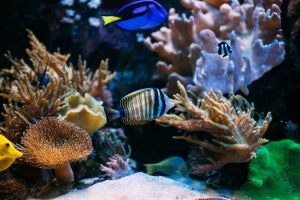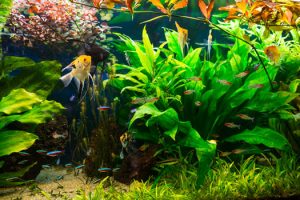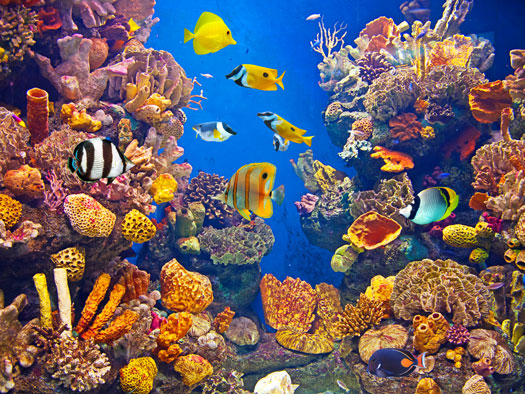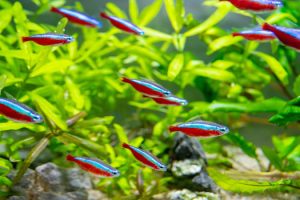- Your shopping cart is empty!
Cycling a saltwater aquarium refers to the process involved in establishing the quality of the water so it can support marine species. The establishment of an aquatic ecosystem is more accurately described as the nitrogen cycle because it’s a biochemical process. It involves factors beyond salinity, pH, and the presence of certain minerals. Similar to freshwater tanks, the nitrogen cycle can take between four to five weeks to complete, and you always need to have all the essential saltwater aquarium supplies on hand no matter how quickly you cycle the tank, but there are ways to speed things up. Professional Installation It’s always better to take your time so you …










